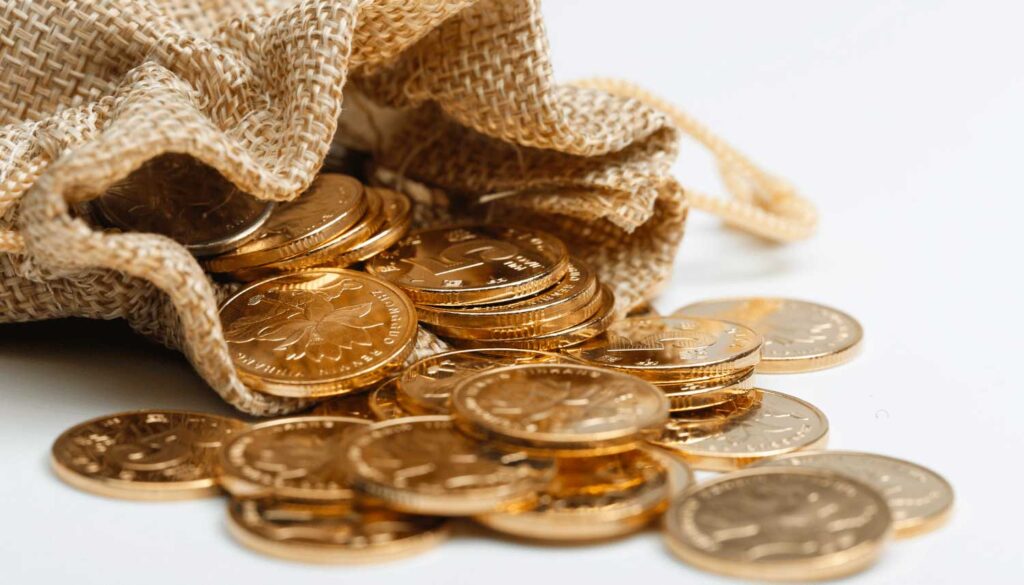As economic conditions in the U.S. and the global economy deteriorate, and as central banks around the world print more money in their misguided attempts to spur growth, more and more analysts are saying that gold bullion’s best days are behind it. Their reasoning: the economy is improving, the Fed will cut back on its monetary stimulus, the worst is behind us, and there’s no more crisis, so there’s no more reason for gold to rise—this is the exact opposite of what I’m saying!
The gold bears fail to realize there are fundamental forces at play behind the gold bullion bull market.
Central banks around the world are looking at gold bullion as an alternative to the currencies they hold in their reserves. It is well documented in these pages how major central banks like the ones from Russia and Turkey continue to buy gold bullion.
Then there is the central bank of China. Its official reserve reached a value of $3.44 trillion in the first quarter of 2013—similar to the size of Germany’s economy. China increased its reserve by $128 billion in the first quarter, making it the biggest increase in reserve since the second quarter of 2011. (Source: Financial Times, April 11, 2013). My bet is that most of that reserve is in U.S. dollars, which China would desperately like to get rid of.
With that said, China doesn’t have as much gold bullion to back its reserves as countries like the U.S., Germany, and France have. As a matter of fact, the Chinese central bank only holds 1.6% of its reserves in gold bullion, compared to 75.6% for the U.S. and 72.0% for Germany. (Source: World Gold Council, May 2013.)
To bring its total gold bullion holdings to 10% of its reserves, the central bank of China would need to allocate about $344 billion of its reserves to buy gold bullion.
Add strong demand from countries like India to the fact that China needs to increase its gold reserves, and the fundamental demand behind gold bullion is clear. According to the World Gold Council’s estimates, demand for gold bullion in India is expected to jump 150% by the end of June as compared to last year. (Source: Wall Street Journal, June 3, 2013).
The amount of gold bullion and silver imported in India reached $7.5 billion in April—more than double the amount from a year earlier. The Indian government has increased its import tax from two percent to six percent in a matter of just 1.5 years to curb demand. (Source: Wall Street Journal, May 20, 2013).
The demand for gold bullion is as strong as ever.
ETF Daily News – Michael Lombardi – June 6, 2013






